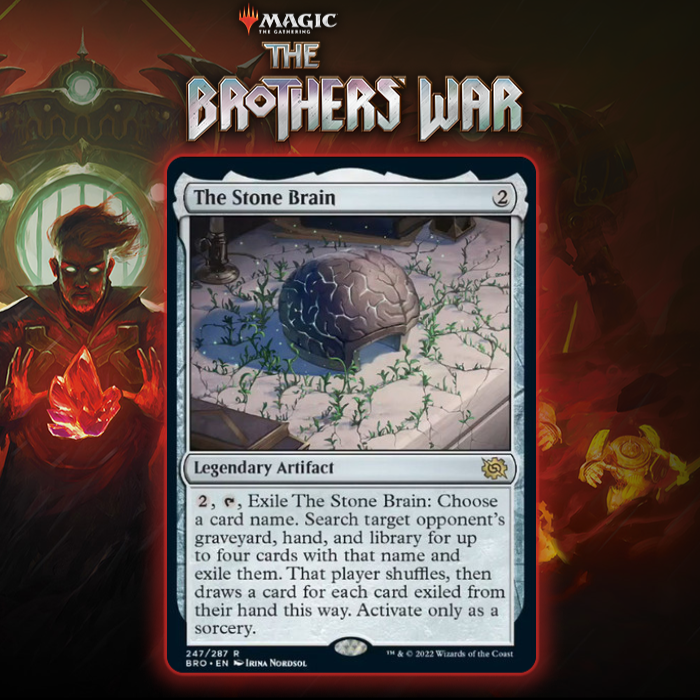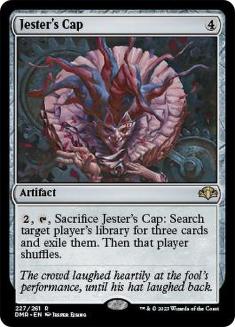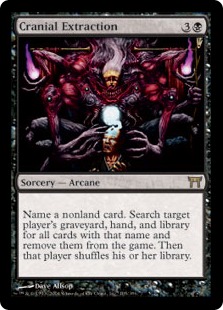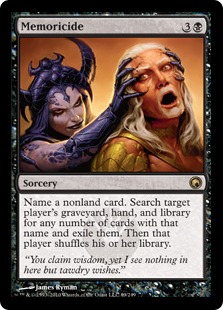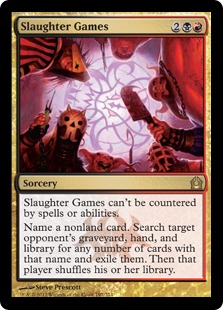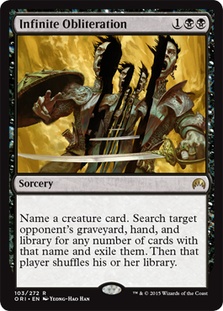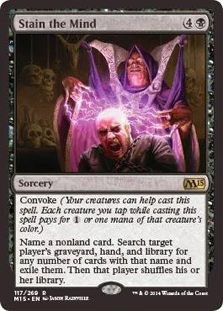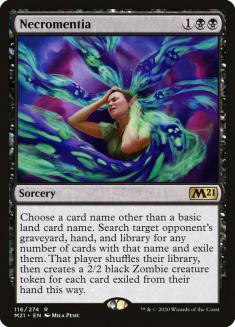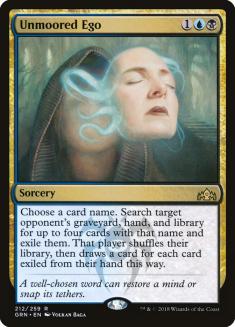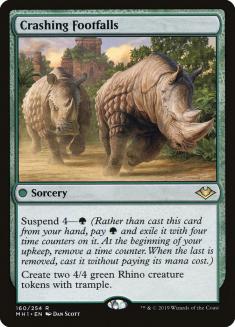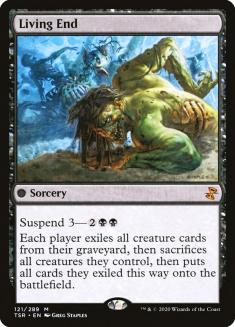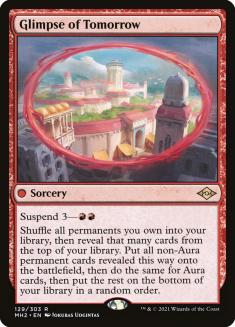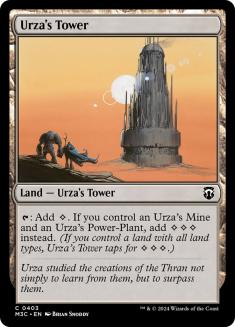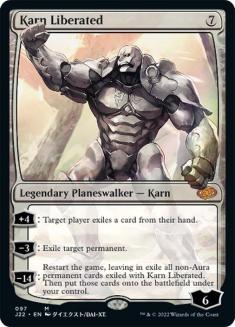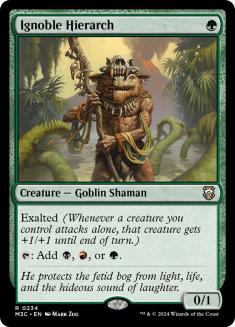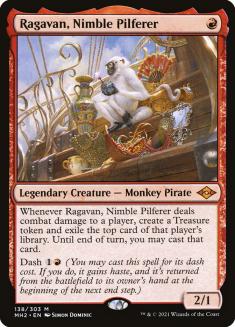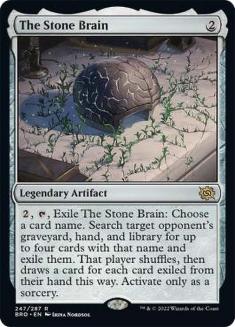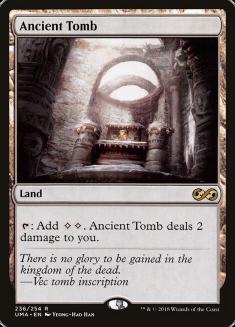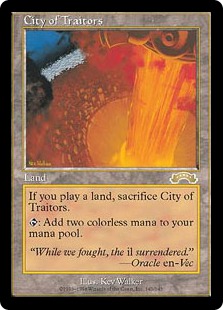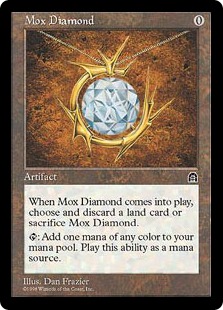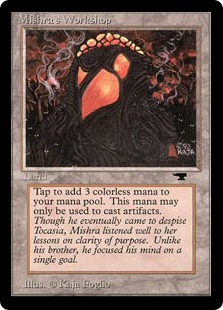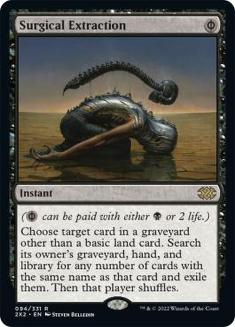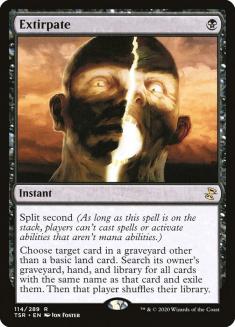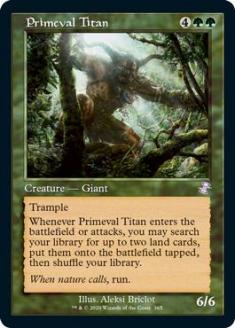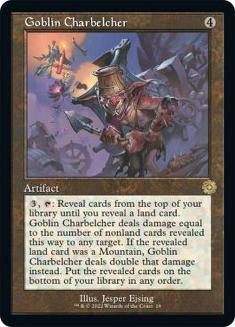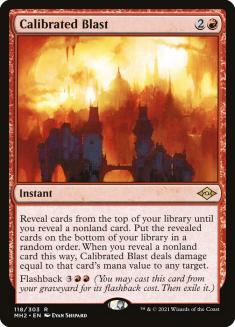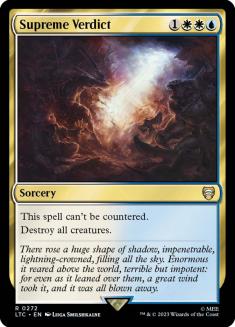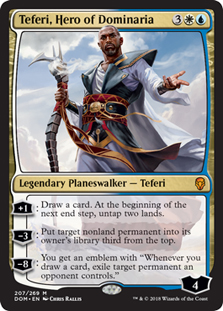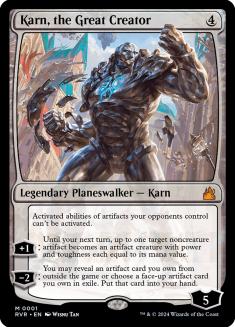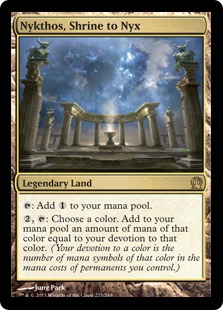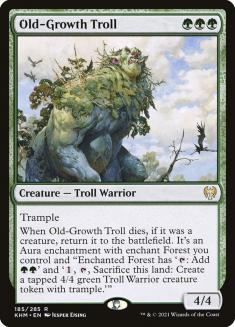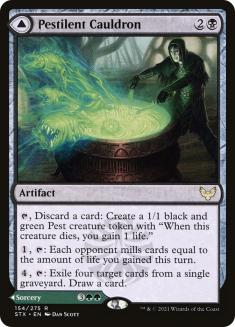In a shockingly deep set, The Stone Brain demands your attention as one of the best versions we’ve ever seen of an incredibly popular effect. Is the hype justified?
There are few more popular effects in Magic than getting to strip specific cards from the opponent’s deck. Jester’s Cap was a fan favourite over 25 years ago, and every new riff on that concept has a guaranteed fan base. But Magic has thankfully come a long way since looping Lobotomy was a legitimate win condition.
History: Kamigawa
When I found Magic, Champions of Kamigawa was the most recent set and Cranial Extraction was its most expensive card. My introduction to it was a strange inversion of its use as a sideboard card in every other format. In Game 1, the Gifts Ungiven control decks in Kamigawa Block Constructed would race to extract the opponent’s Extractions, removing the one reliable way to interact with the Hana Kami recursion engine whose inevitability made these decks so dominant. Once their Extractions were gone, you could recur your own to remove the rest of their relevant cards at your leisure.
That all changed post-sideboard, where both players would field a shockingly diverse array of threats for a three-set format. As is typical on Kamigawa, these threats were all legendary, so you couldn’t run too many copies of each anyway, and the namesake Gifts Ungiven along with Time of Need gave you even more reasons to mix these up. Spending so much mana and a card to knock out one threat made you even more vulnerable to getting run over by the others – if Nezumi Graverobber or Nezumi Shortfang didn’t nibble you to death first.
This was a highly unusual case, of course. In a more open format, you can’t afford to maindeck Extraction effects, and you turn to them as sideboard weapons against linear decks, who then have to consider finding backup plans to hedge against this.
History: More Recent
Cranial Extraction lived on in a generic form as Memoricide. Later sets offered their own takes, from the nigh-unstoppable Slaughter Games to targeted strikes like Infinite Obliteration and Dispossess. Years before this, the Splinter cycle in Urza’s Destiny laid the ground for more competitive, interactive variants like Invasive Surgery.
Necromentia and Unmoored Ego are the most recent and strongest additions to this roster, with Stain the Mind as a bespoke option for creature-heavy decks.
Beyond their uses in their respective formats, there is one shared reason that these versions are seeing play: timing.
Modern Uses
The main reason that Necromentia is actually making waves in Modern is simply that it costs three mana. Drawing your hate card is just the start; you need the resources to cast and resolve it on time, never a guarantee and sometimes downright unlikely.
The current crop of Cascade decks in Modern offers a brutal reminder of this. For Crashcade and Living End in particular, Turn 3 is the pivotal turn of the game and the usual deadline for their deck’s central gimmick. Suppose they do their thing in Game 1, you win Game 2 with a quick Necromentia, and you fan out your opening hand for this deciding game to see a Necromentia… which you can’t cast before they can cascade on Turn 3. How confident do you feel?
This dilemma has existed for years with Mono-Green Tron. You can put yourself far ahead by stripping the missing Tron piece from their deck, but this is a risky proposition on the draw when their best hands assemble Tron plus a threat on Turn 3. The kind of fair black deck that leans hardest on this effect is likely to struggle in the matchup. If you lose Game 1, you need your sideboard cards to be effective on the draw to win Game 3.
As a result, Necromentia is at its best in decks that can cast it ahead of the opponent’s big turn via acceleration of some kind. Golgari Yawgmoth has Birds of Paradise and Ignoble Hierarch. Rakdos Evoke and Rakdos Midrange can use the Treasure from Ragavan to cast it on Turn 2 or use other disruption like Grief and Thoughtseize to buy time.
Enter The Stone Brain
The Stone Brain is a mixed bag on this front. Being able to split this mana cost and cast the ‘first half’ for two mana means it can often sneak under interaction that might hit the three-drop spells; for example, some lists of Five-Color Creativity run Mana Leak, which can hit Necromentia but not The Stone Brain on the draw. On the other hand, this means you can’t actually pay the total cost any faster.
More positively, it is trivially easy to activate The Stone Brain quickly in larger formats with ample fast mana. The Stone Brain and Ancient Tomb are a match made in heaven. The combo decks in Legacy and Vintage are fast and lethal – a Turn 2 Brain activation on the draw might be too slow! – but this gives these prison decks a powerful addition to their arsenal. Unlike other lock pieces such as Chalice of the Void, The Stone Brain shuts the door immediately and can act as a win condition of sorts by itself.
Sideboard Temptation
Beyond the occasional Jester’s Cap, the temptation of these effects was traditionally limited to black decks. Surgical Extraction promised every player their own free Extirpate, allowing anyone to indulge in some truly baffling sideboarding decisions. The Stone Brain has that same dangerous universality – anyone can now sabotage themselves by wasting slots and time on it.
This makes it all the more important to identify exactly when it’s useful.
Extractions are obviously appealing when the opponent’s deck is wholly reliant on a single card. “Name whatever card shows up in the deck name” is a fine heuristic.
Stripping the win conditions from a more generic control deck is a tempting but flawed plan. Some of the Teferi, Hero of Dominaria control decks from Standard were literally unable to win without their flagship planeswalker, but it only takes a single other win condition to make this plan fall apart – and, if cards like The Stone Brain are legal and popular in a format, you can expect these backup plans to show up by default. The equivalent Azorius Control decks in Pioneer have a wide array of win conditions woven in without trying; taking Teferi leaves them with Shark Typhoon, Hall of Storm Giants, The Wandering Emperor, and so on.
It might seem reasonable to use The Stone Brain to shut off their access to a certain effect. If you can strip their Supreme Verdicts your creature deck can commit to the battlefield without a care in the world! The problem here is that spending a card and this much mana on something that doesn’t affect the battlefield makes it far less likely that they need that effect in the first place, and further assumes they have no other sweepers like Farewell.
The takeaway here is that you actively need a strong reason to bring in The Stone Brain. Of course, you can find reasons to bring it in if you’re determined to find them. That doesn’t mean you should.
The Karn Factor
Who says you need to sideboard it in? Karn, the Great Creator is the centerpiece of a format-defining Pioneer deck in Mono-Green Devotion and makes regular appearances in Modern. Access to a single Brain in the sideboard makes Karn much more flexible and dangerous.
It’s unclear how often it will be an upgrade against combo decks. Against a graveyard deck, you will often want Tormod’s Crypt for immediate protection. If you can untap the next turn after resolving Karn, another card might do the job, and getting that much time is tough against most linear decks. That said, The Stone Brain represents a near-guaranteed win the following turn against a deck like Lotus Field Combo (compare Damping Sphere, which can be removed) and allows you to consolidate narrow hate cards into a single slot.
The Stone Brain will be a perversely important card in Mono-Green Devotion in Pioneer. In addition to being the best target against other combo decks, it enhances your own combo. Instead of needing an otherwise unwanted black source to hard-cast Pestilent Cauldron, you can use the extra Karn activation each cycle to find and use The Stone Brain (which exiles itself, immediately becoming eligible for Karn again) to deck the opponent.
In the mirror, Karn with just a few extra mana can fetch Brain and exile the opponent’s Karns to effectively win the game on the spot, unless they control Karn already. There’s now an even higher premium on being on the play, ramping quickly, and having the first Karn.
Knowing if you want a card like The Stone Brain is a harder question than knowing if you want The Stone Brain itself. If you can honestly say you’re in the market for this effect, The Brothers’ War has good news for you.

